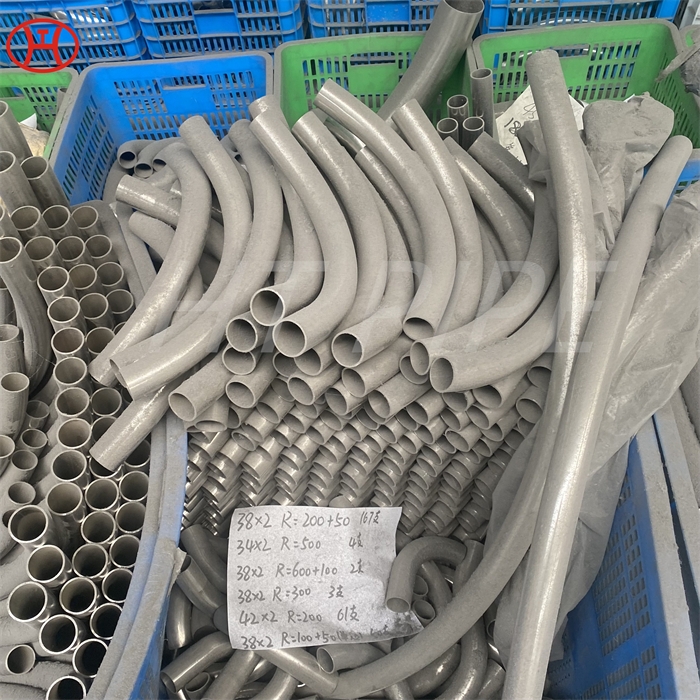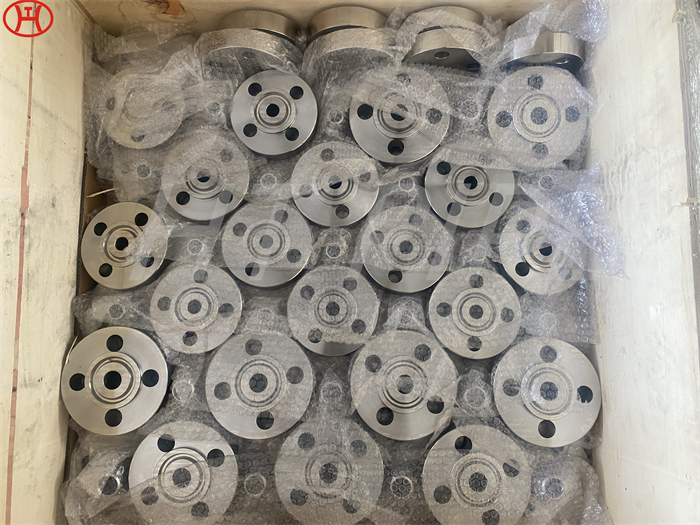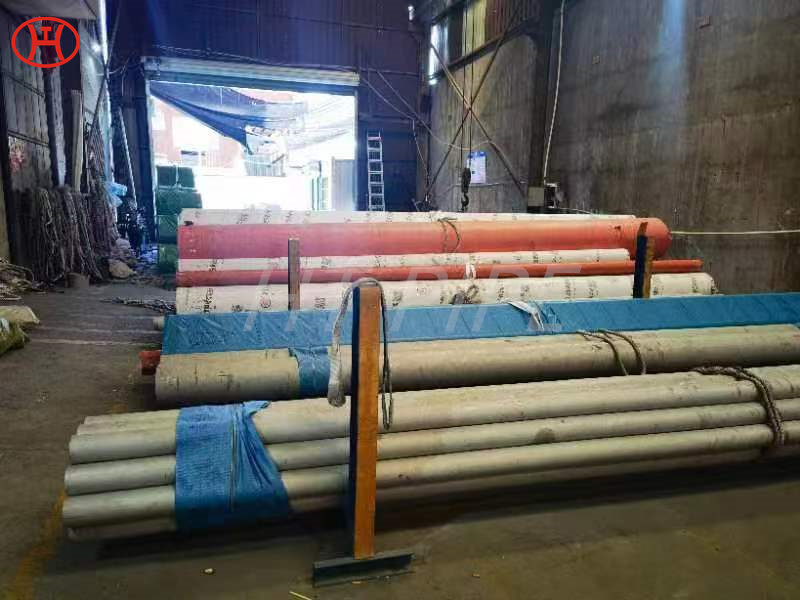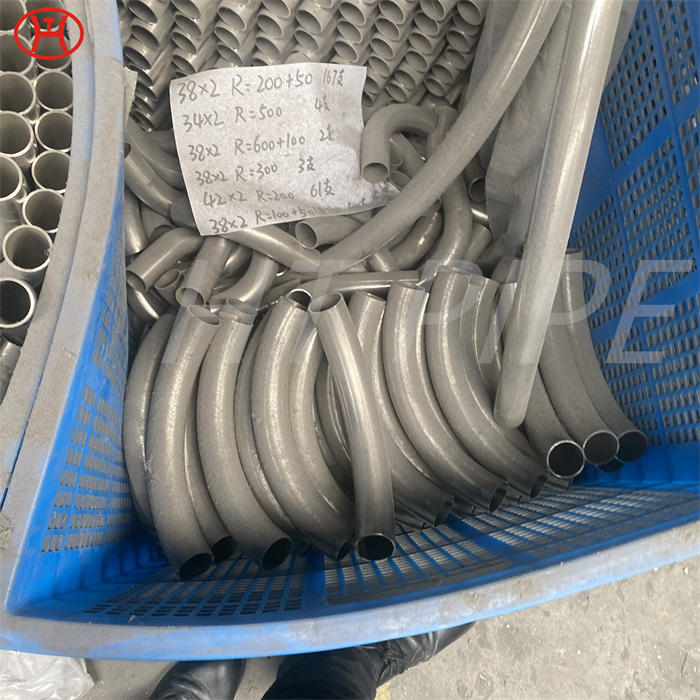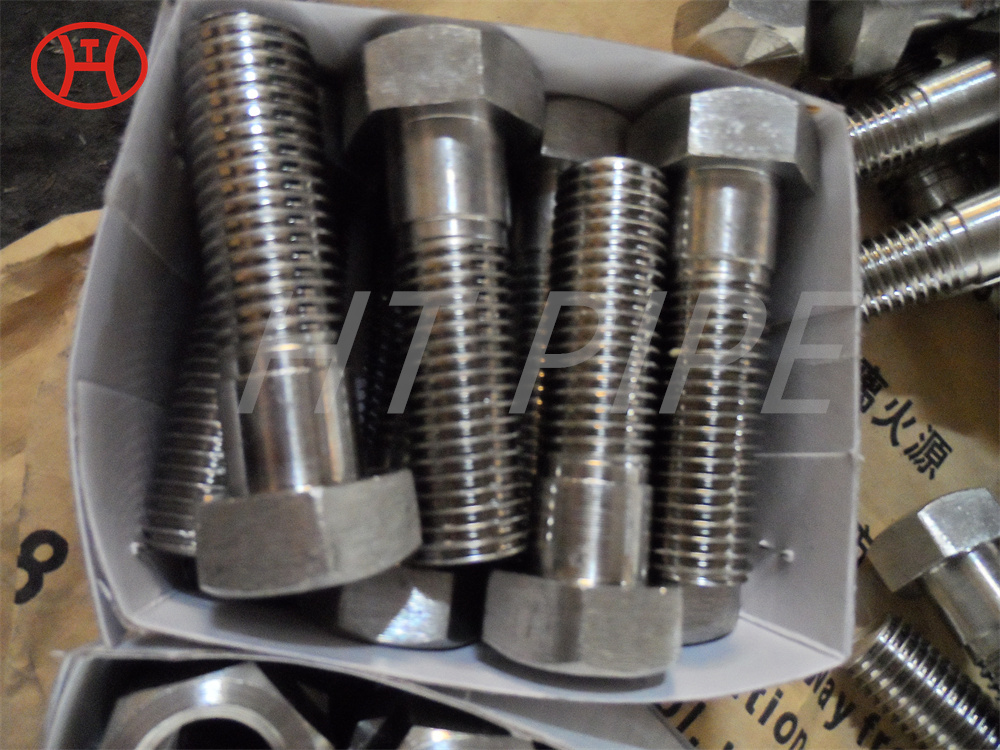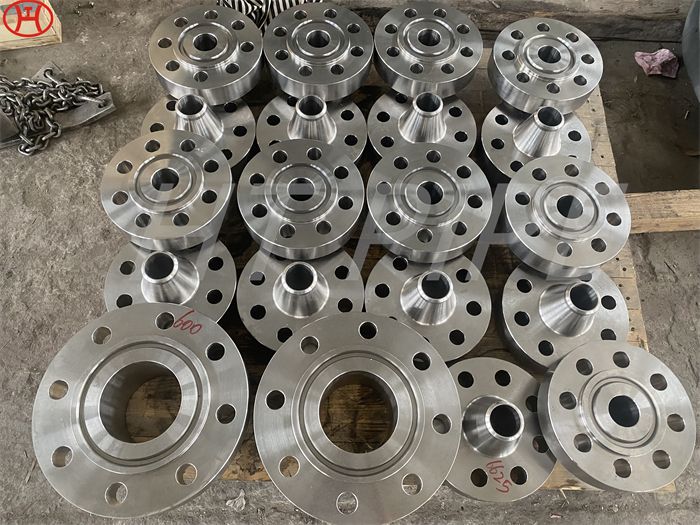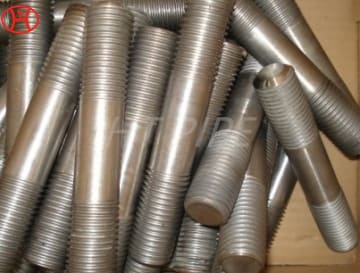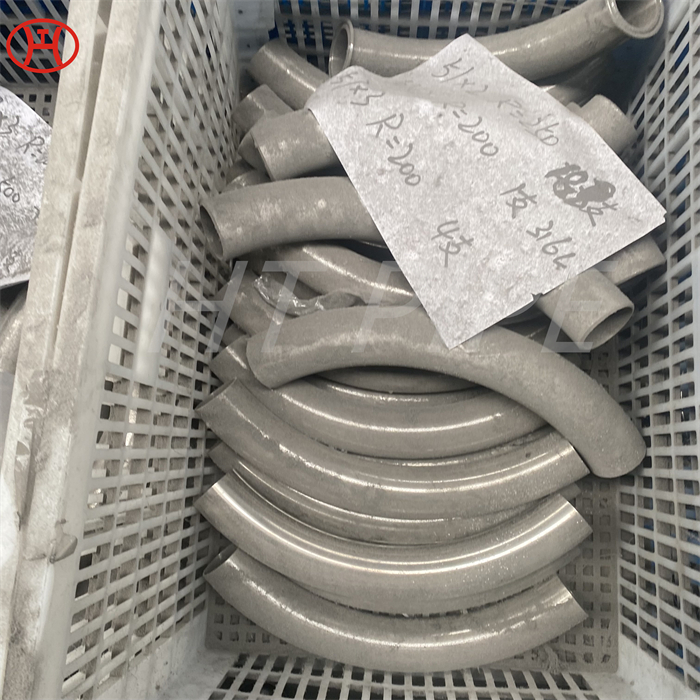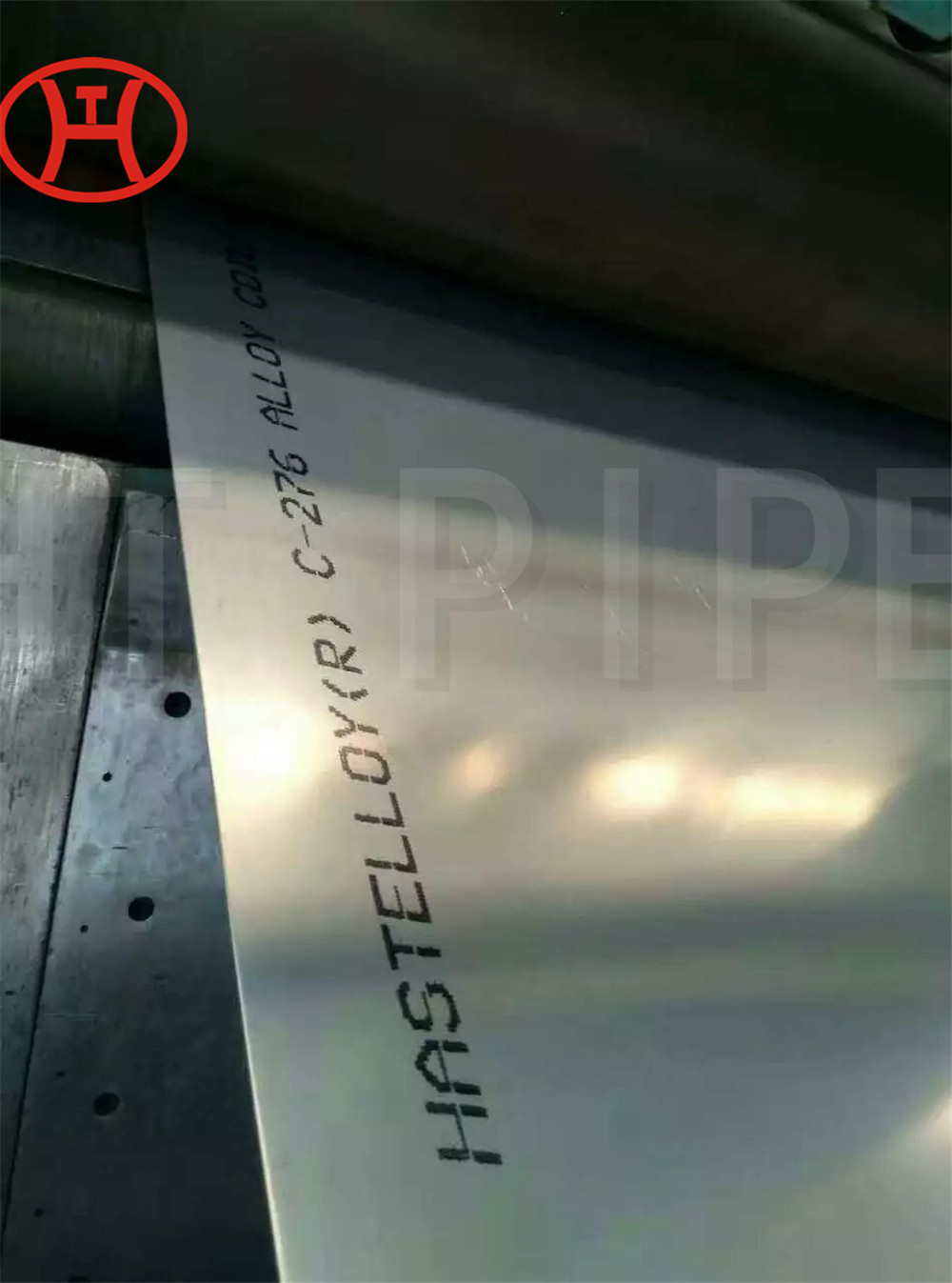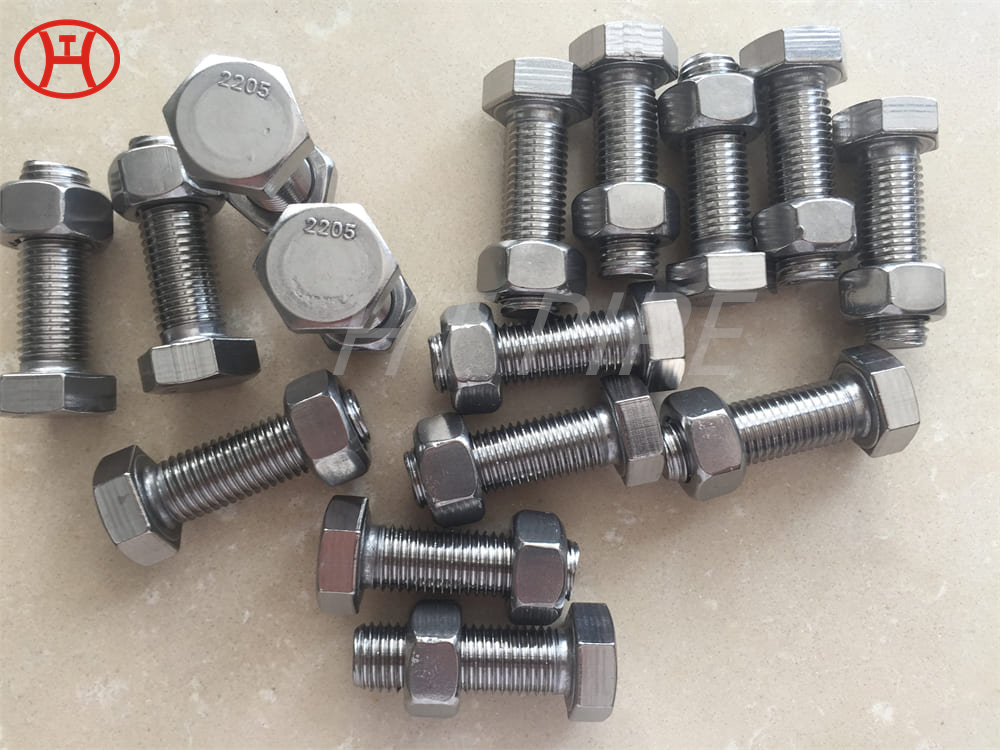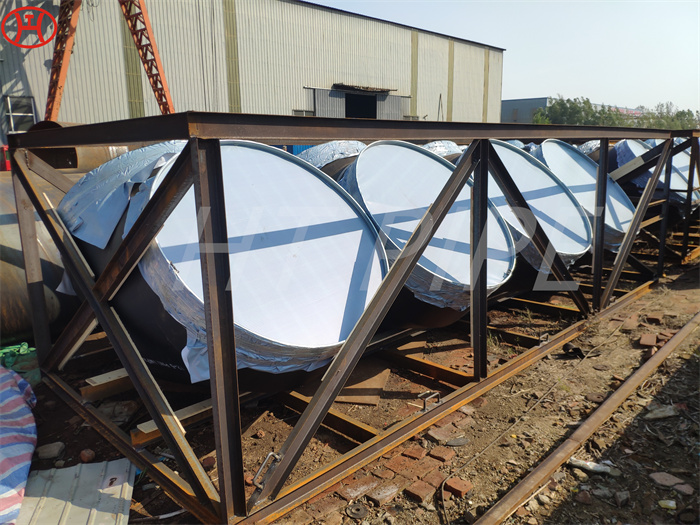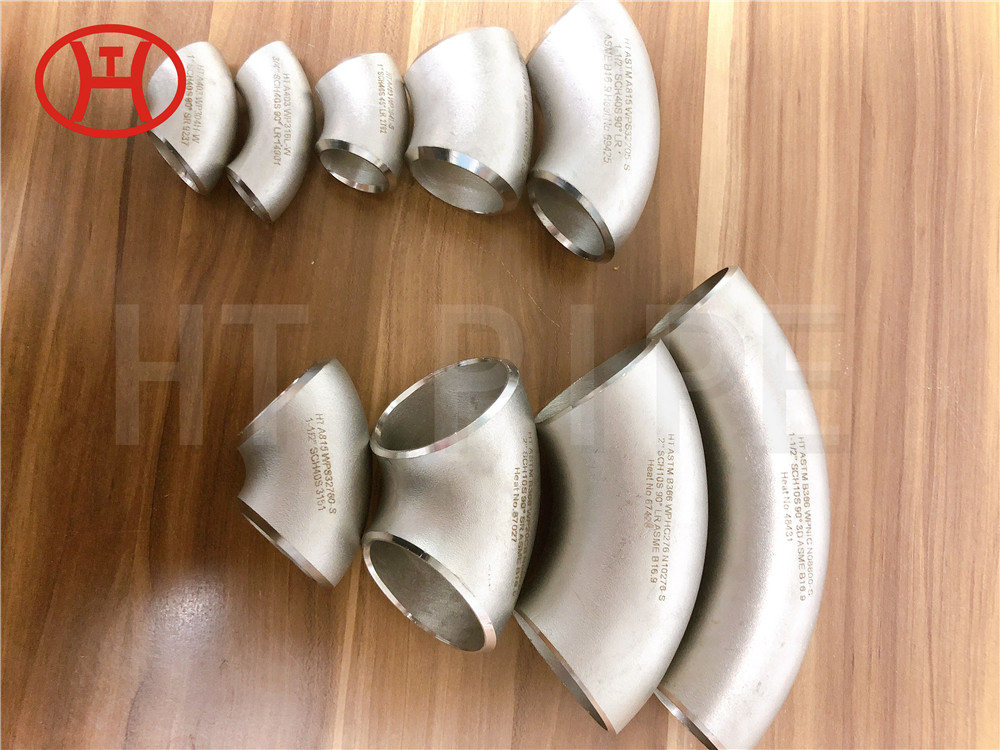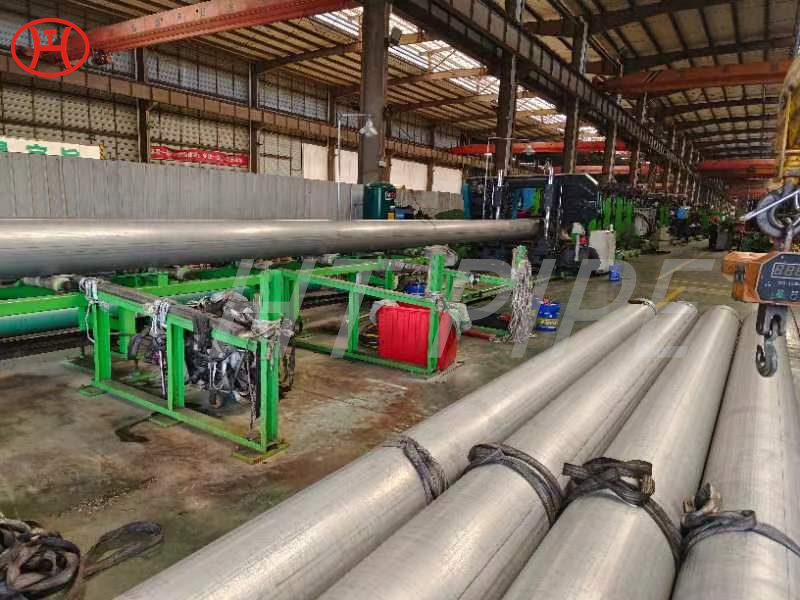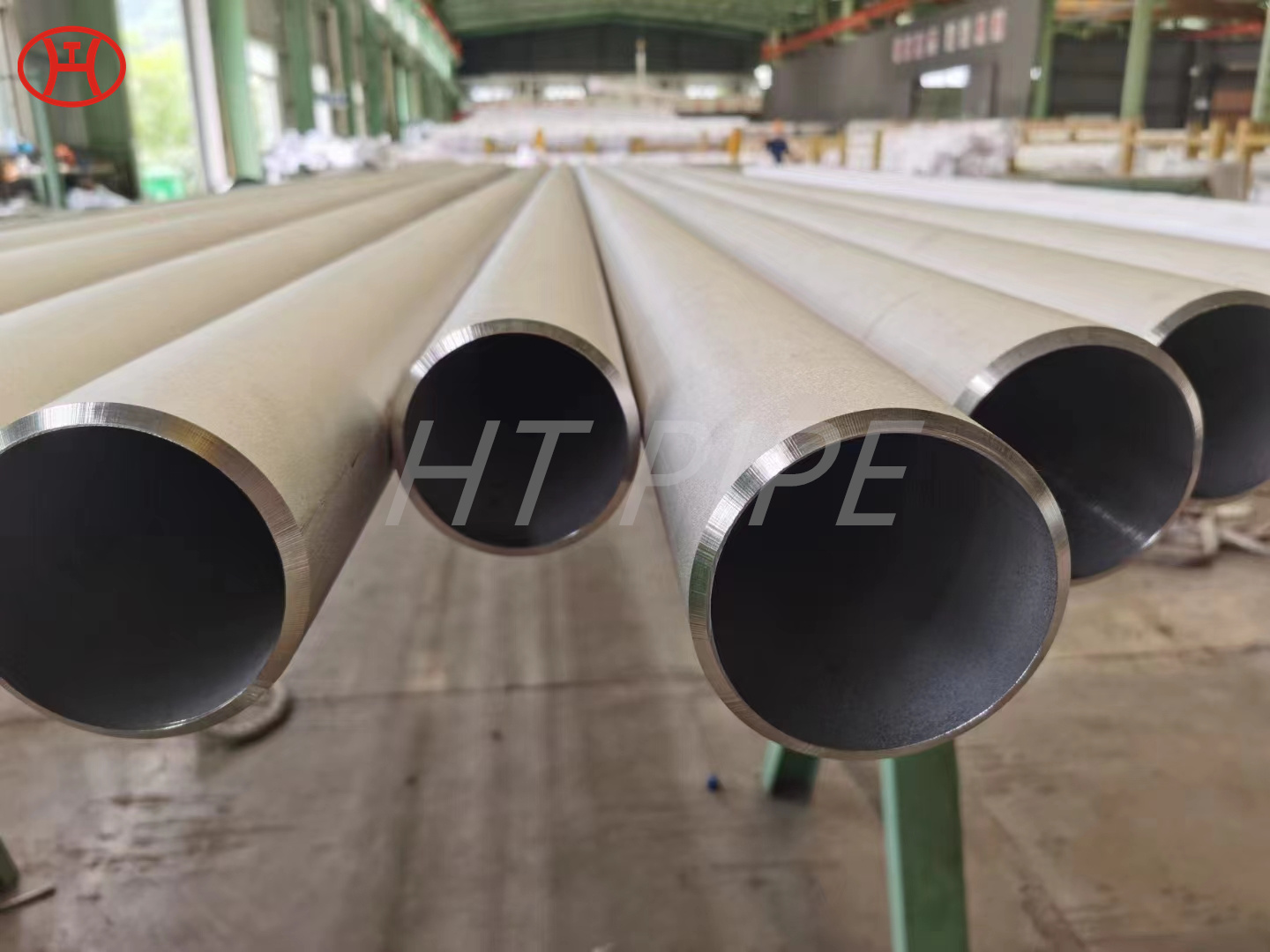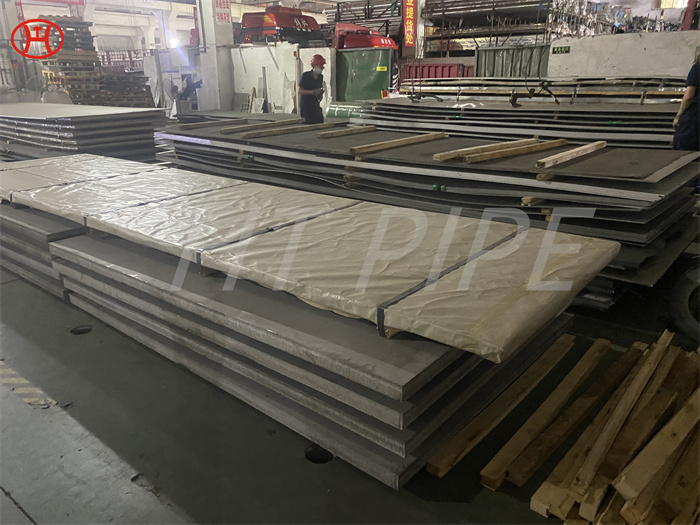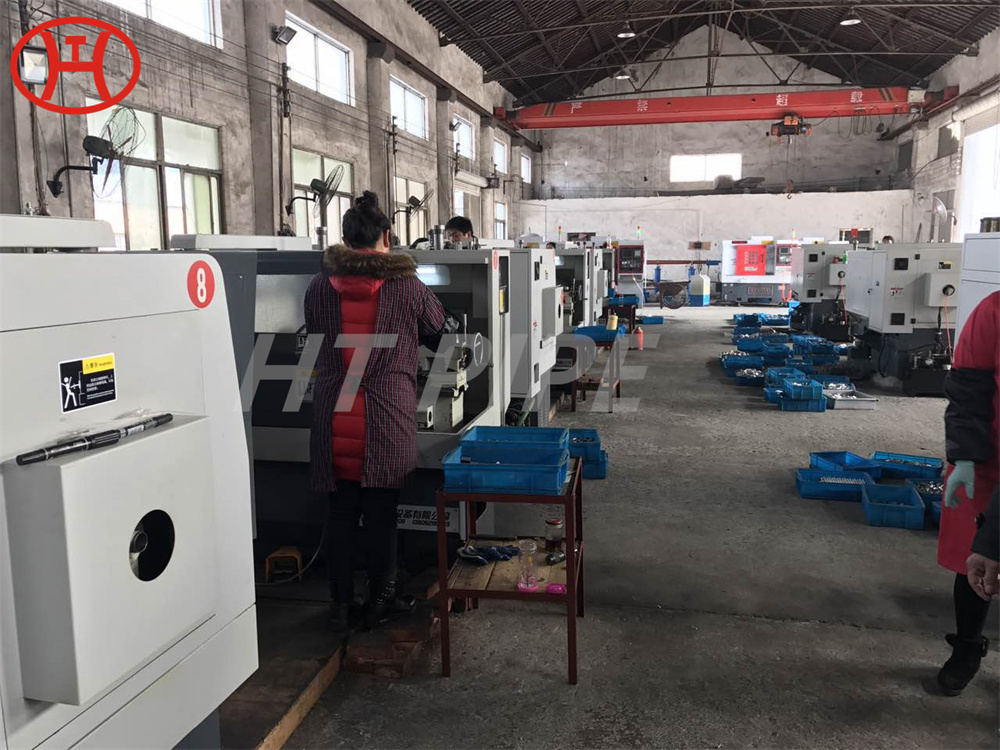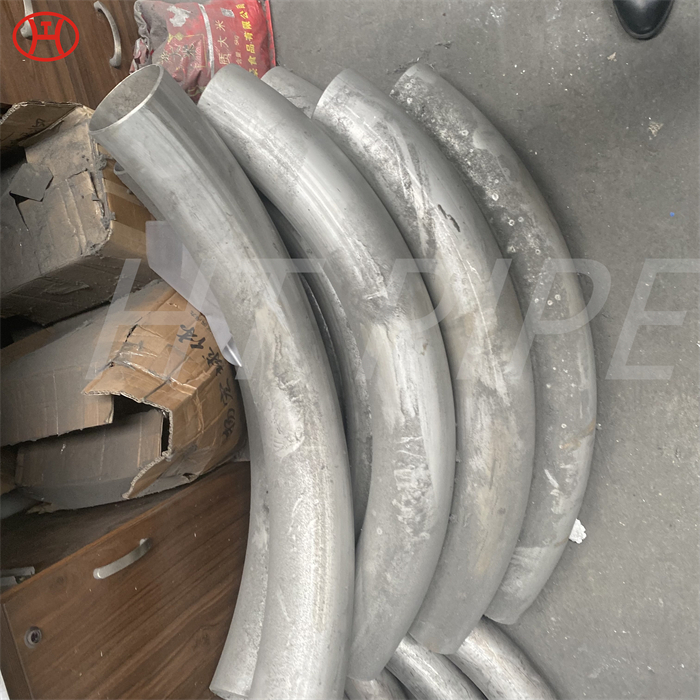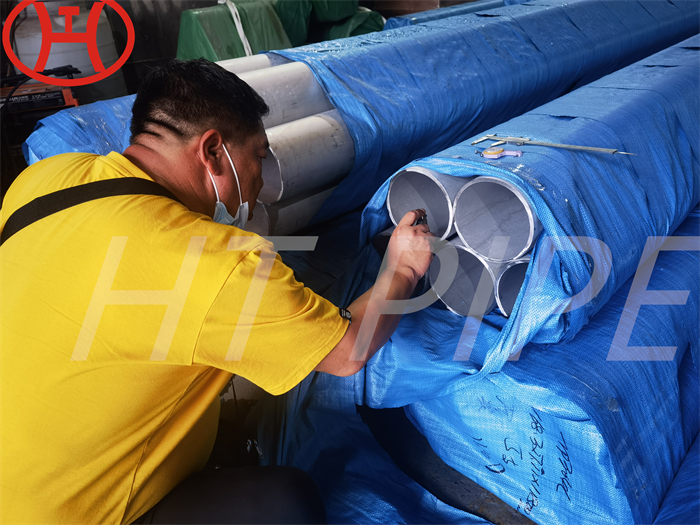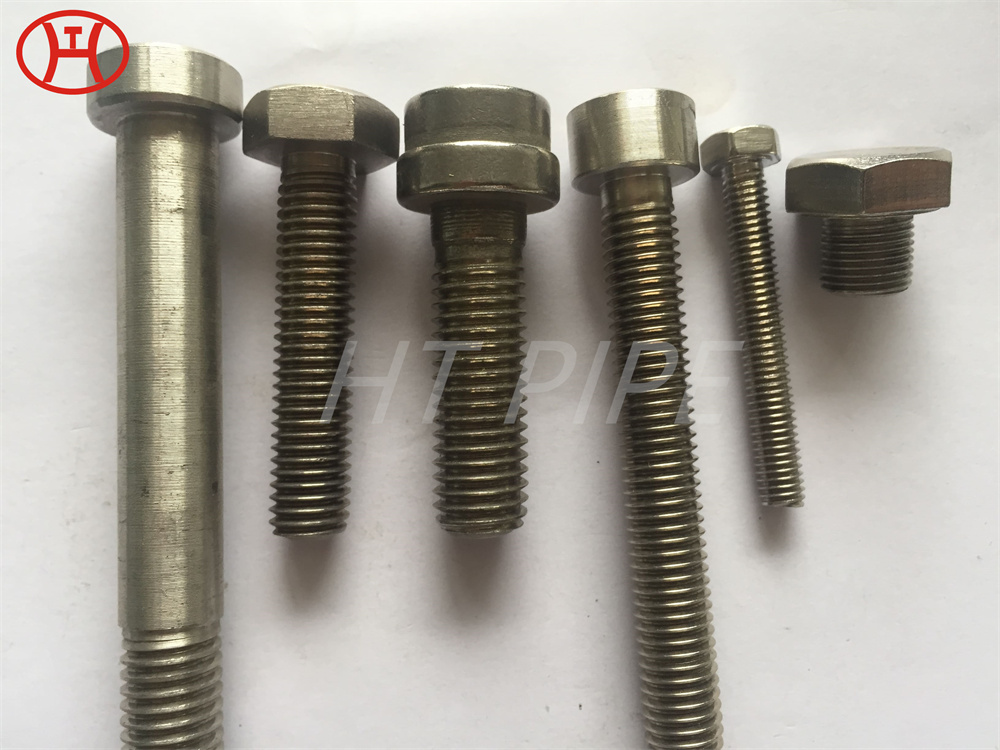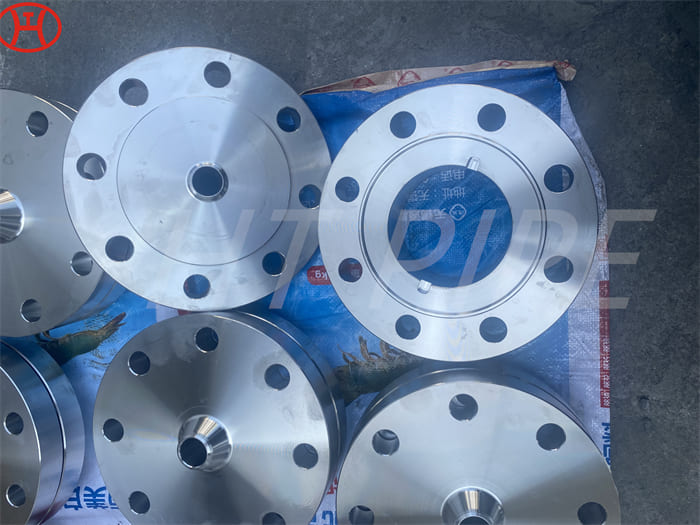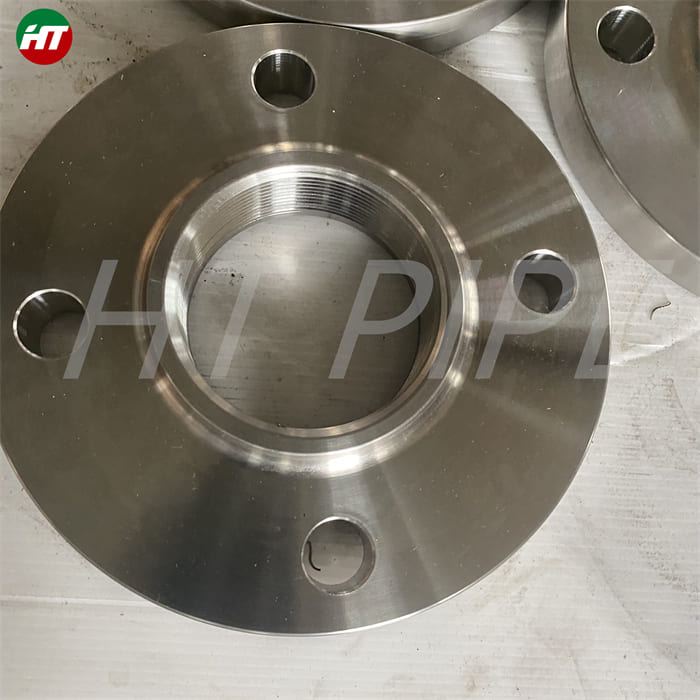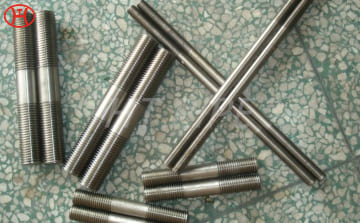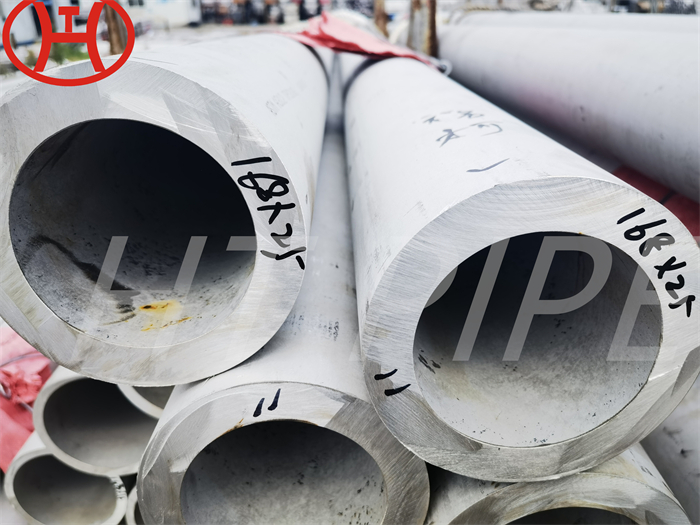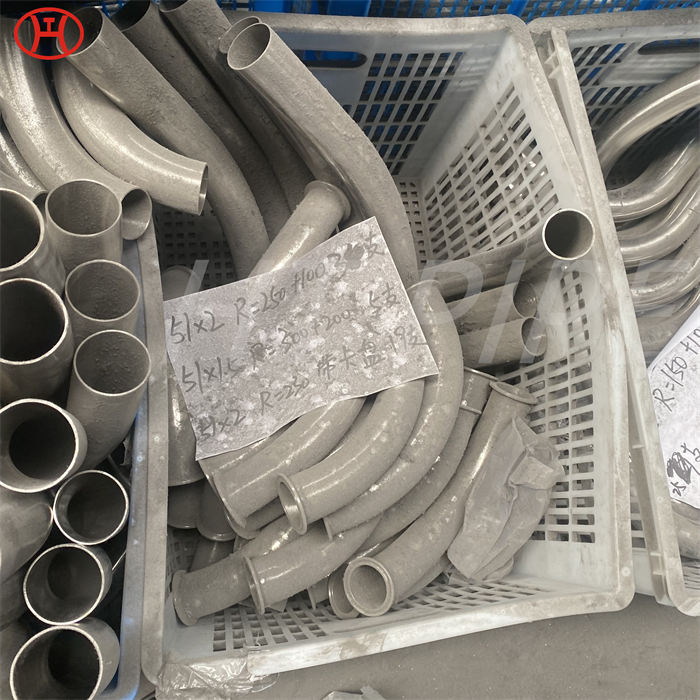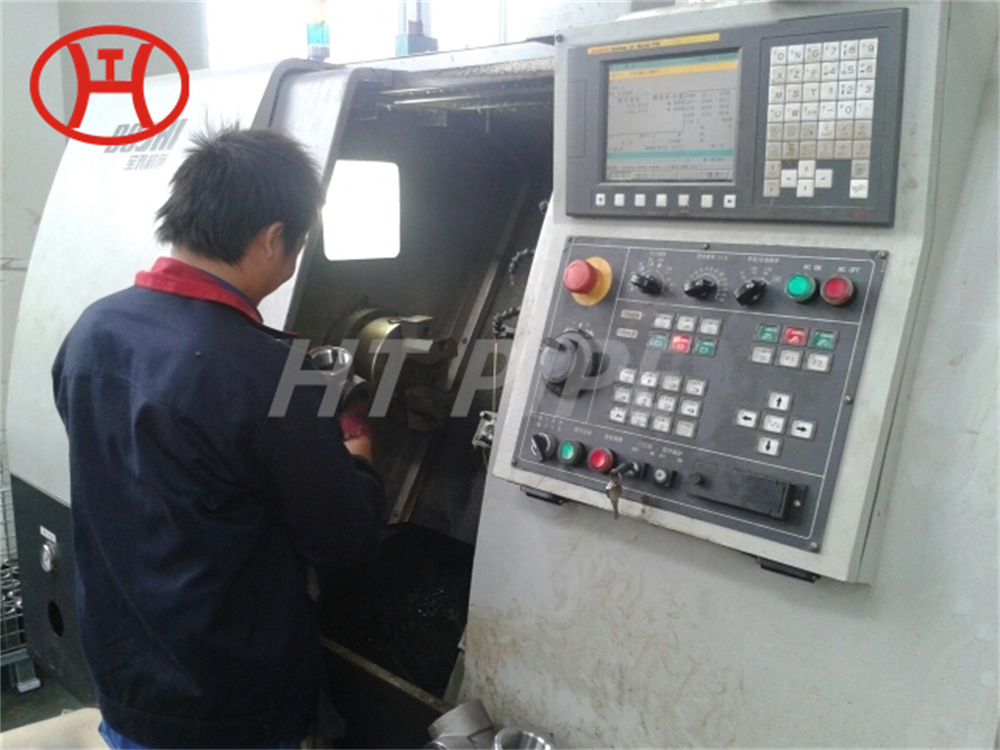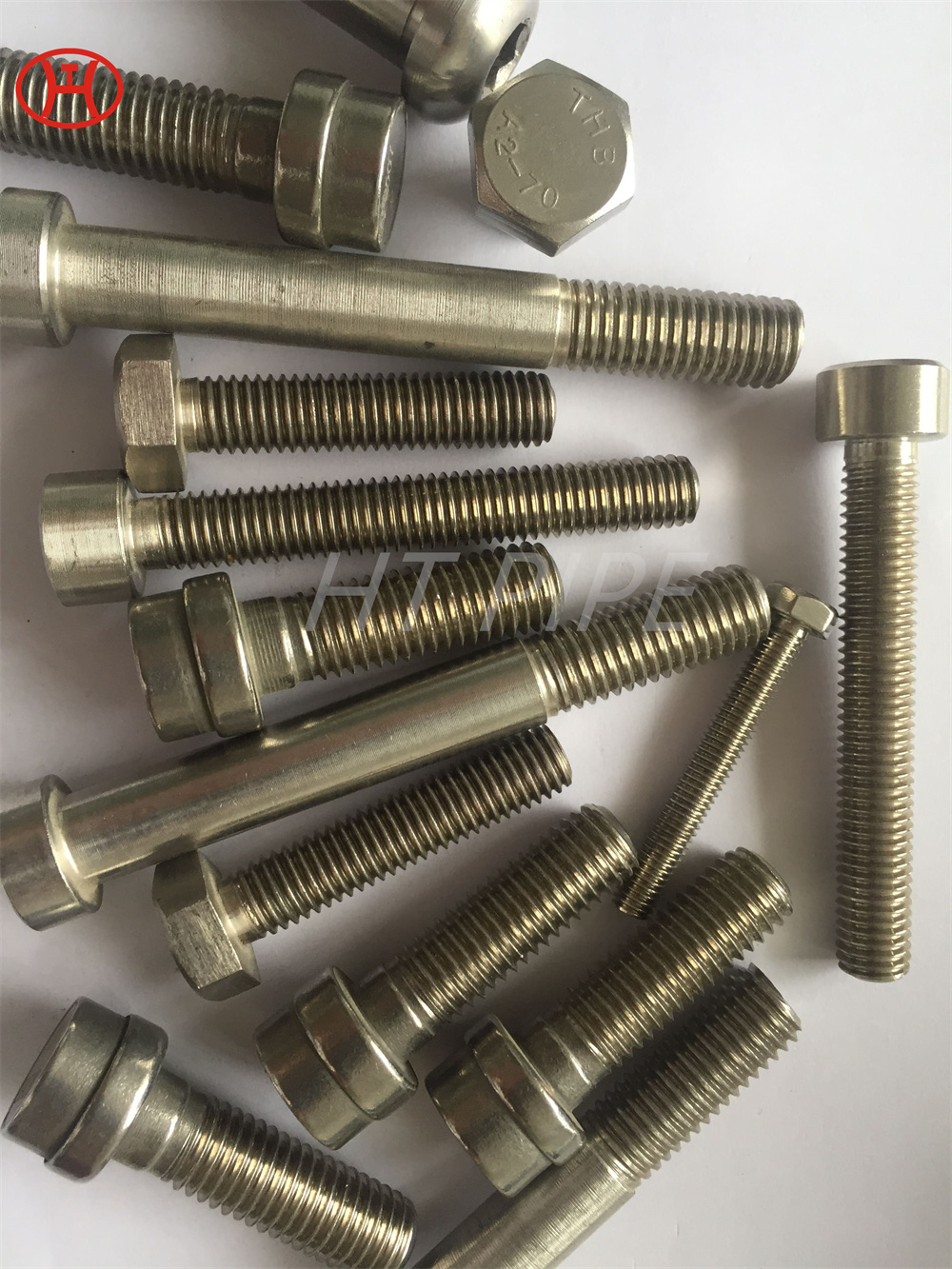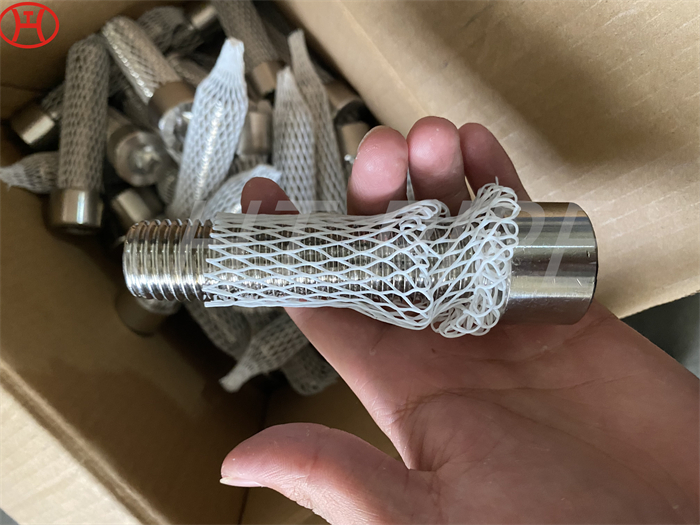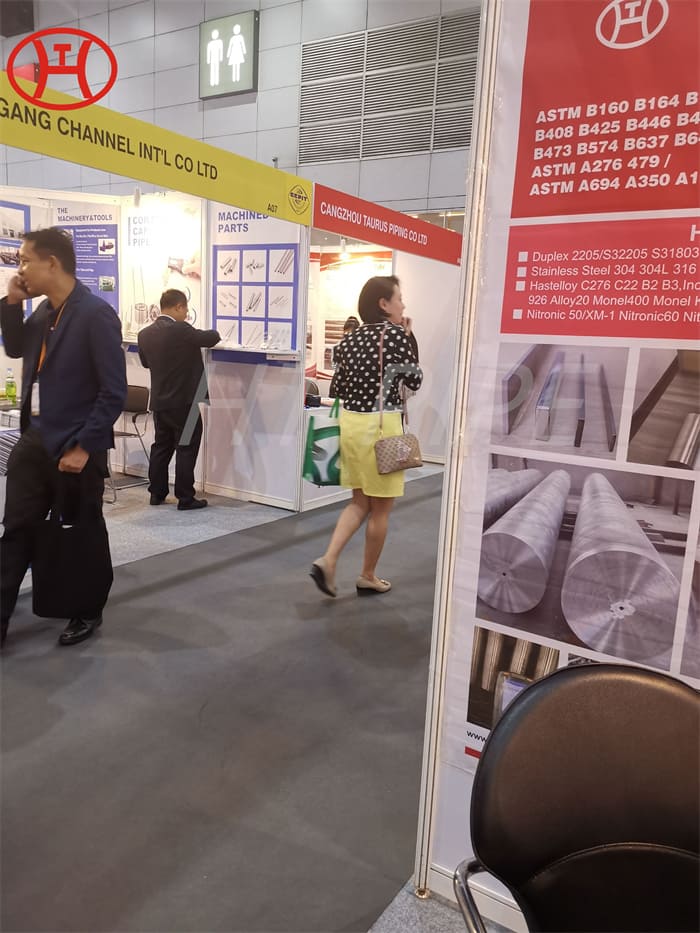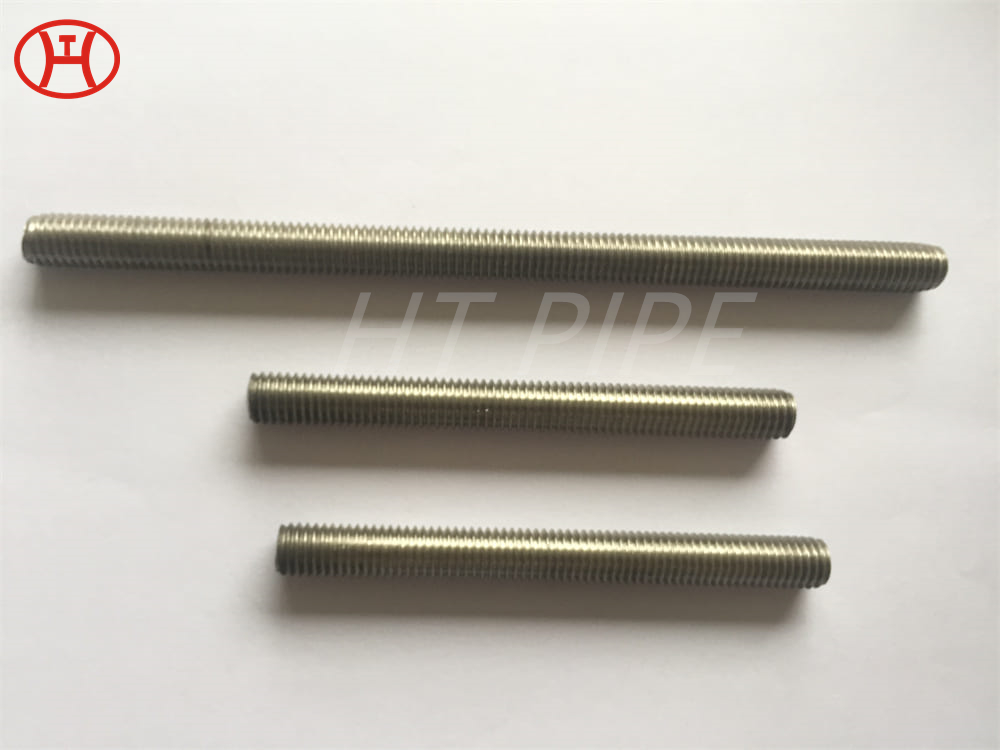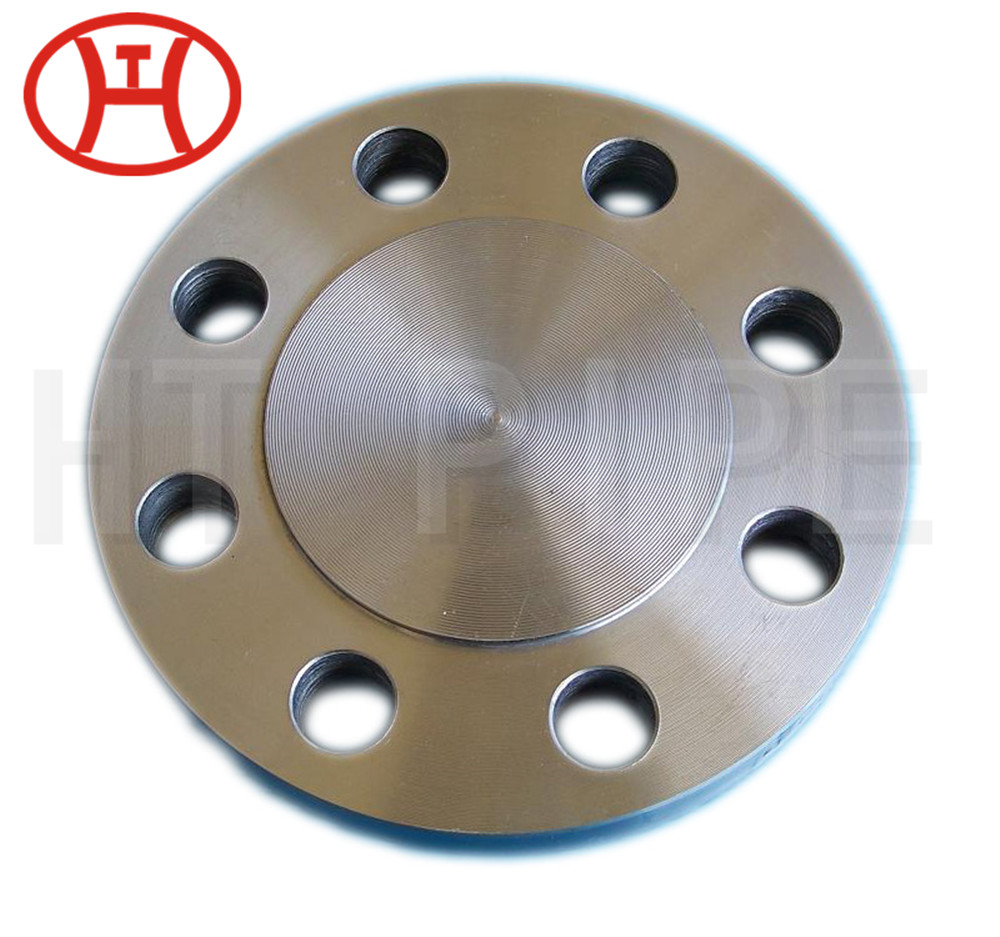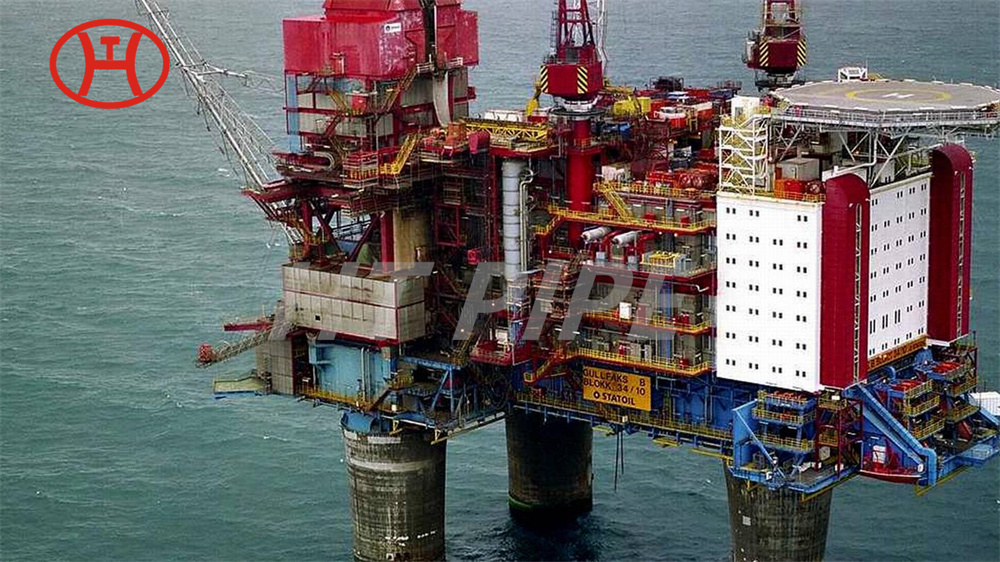Hastelloy X pipe bend UNS N06002 pipe fittings used in tubing for pyrolysis operations and flash drier components
Furnace rolls made of this alloy were still in good condition after operating for 8700 hours at 2150 Deg. F. Furnace trays, used to support heavy loads, have been exposed to temperatures up to 2300 Deg. F. in an oxidizing atmosphere without bending or warping.
Hastelloy X pipe bend is a chief alloy for materials of gas quenched reactor process heat units that are used for supplying heat for the coal conversion procedures such as hydrogasification, solution hydrocracking and steam gasification, steel production and others. The chemical composition is not matched with any other Hastelloy X equivalent from the Hastelloy family. But to achieve partial matching of some of the mechanical properties, the other variations of the Hastelloy might sometimes be used in place of this material. This alloy is commonly used in gas turbine engine components, furnace applications. In addition, this alloy is good for any type of combustion zone sections such as tailpipes, cabin heaters and heat-treating equipment.









































































































